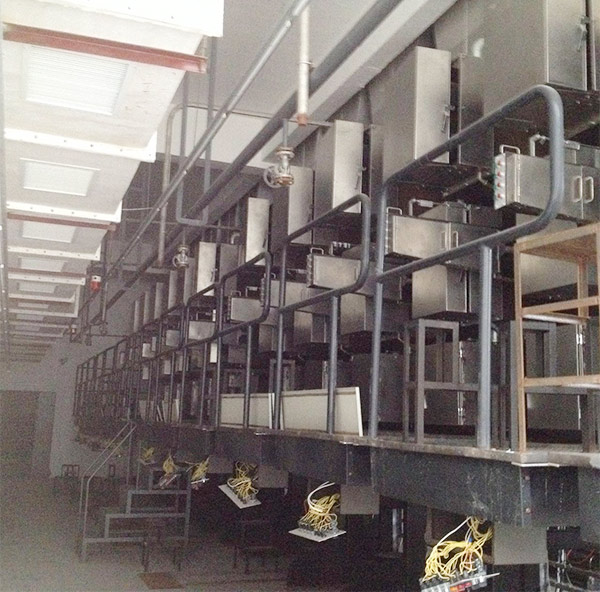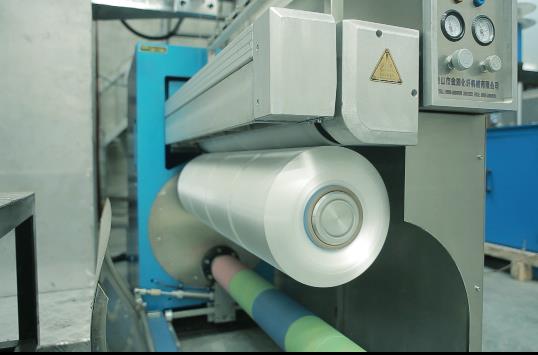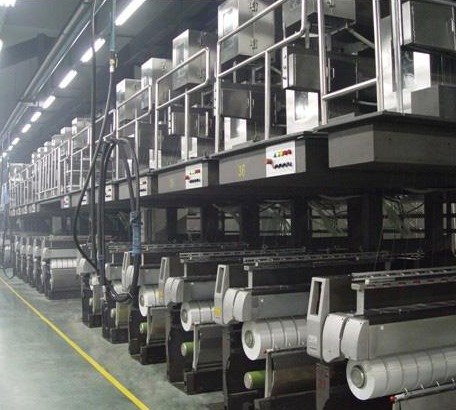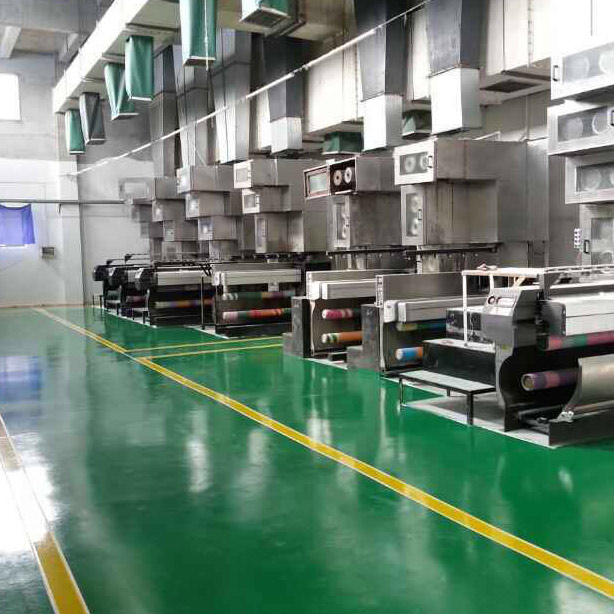- Polypropylene spinning machine
- Polypropylene FDY equipment
- Polyester POY spinning machine
- Polyamide FDY common and high strength equipment
- Polyester FDY equipment
- Polyester high strength equipment
- polyester、Polyamide、 Polypropylene BCF equipment
- Small spinning machine
- All kinds of spinning special parts
- Enterprise Management Skills | How do outstanding managers integrate the five pillars and cultivate the three types of synergy?
- Henan is making efforts to upgrade the textile and garment industry.
- The core heating components of polypropylene spinning machines and their application characteristics
- Textile News | Ancient Silk Brocade Meets Modern Trends, Xintang Jeans Embarks on a New Journey: The Innovative Breakthrough Path of the Textile Industry!
- The International Symposium on Textile Exhibition Cooperation and Business Training Conference was held in Shaoxing.
- The International Symposium on Textile Exhibition Cooperation and Business Training Conference was held in Shaoxing.
- Technical Optimization of Polypropylene FDY Spinning Machine and Its Application Value

- Contact:Mr. Huang Guofu
- Cel:0086-13901505556
- Fax:0086-519-83341119
- Email:czfb5556@126.com
- Add:No. 288-8 ChangLi Rd, Huangli Town, Changzhou, JS PRV.
The innovation system of the textile industry has been continuously improved, and the innovation vitality of market players has been steadily improved. At present, there are 2 national technology innovation centers and 102 national enterprise technology centers in the industry. The research and development investment intensity of textile enterprises has been continuously improved, and the scientific and technological innovation ability has been effectively guaranteed.
Breakthroughs have been made in key innovations. The industry "forging long and making up short" has achieved remarkable results. High-performance fiber production capacity accounts for more than one-third of the world, and exports in 2023 increased by 14.4% year-on-year. The autonomous rate of textile machinery exceeds 75%, the export value ranks first in the world, and the localization rate of key basic parts of high-end equipment exceeds 50%. The output of industrial textiles in 2023 stabilized at more than 19 million tons, and the localization rate in key application areas steadily increased.
Digital innovation is deepening. The textile industry first implemented the integration of data and reality, and indicators such as intelligent manufacturing readiness rate, production equipment digitalization rate, and digital equipment networking rate are ahead of the national manufacturing industry average level; New models such as network collaborative manufacturing, mass customization, and small order fast anti-flexible manufacturing have given rise to new business formats.
Green innovation is showing results. Adhere to the concept of harmonious coexistence between man and nature, actively promote the optimization of energy structure, the development and application of green manufacturing technology in the whole process, and the construction of recycling and reuse systems, and steadily reduce key indicators such as energy consumption, water consumption intensity and emissions of major pollutants. By 2023, the output of recycled chemical fiber will exceed 5 million tons, and a full-life green and low-carbon industrial system will be initially established.
Integration and innovation emerged. Science and technology such as gene editing, biological breeding, and biological manufacturing have accelerated their evolution, changing the way materials are supplied and the application space. Scene driven product innovation, format innovation, textiles in the large health, home, aviation, construction, shipping and other fields continue to achieve more diversified and deeper applications. Advanced manufacturing is deeply integrated with national culture, enabling design, creating experiences, and shaping brands.
Openness and integration to promote international cooperation at a high level
The deep integration of China's textile industry into international industrial cooperation is an important guarantee for the smooth operation of the global textile supply chain. In 2023, in the face of a complex external environment, the total export volume of the industry still reached 310.46 billion US dollars, at a historical high level, ranking first in the world for 30 consecutive years. Among them, the export volume of chemical fiber reached 6.5 million tons, a record high. The industry continues to deepen the traditional market, constantly expand emerging markets, the market layout is more diversified, and the export volume to Turkey, Russia and other countries has risen steadily.
The textile industry is moving forward from products going out, production capacity going out, brand going out and capital going out. In the ten years of the implementation of the "Belt and Road" initiative, the textile industry has made a pioneer direct investment of $6 billion in the "Belt and Road" countries, and created many landmark demonstration projects such as the Westport Special Zone in Cambodia. The industry has formed a rich practice of innovation, especially with Southeast Asia, Africa and other key regions from trade cooperation, production capacity cooperation to supply chain cooperation, not only the construction of internal and external efficient coordination of the global production network system, but also promote the investment destination countries industrial development and upgrading, through the integrated transnational supply chain, to promote the integration of interests and destiny.
In the global development, the industry has always adhered to the people-oriented, industrial development to protect human rights cause. To serve South-South cooperation and North-South cooperation with industrial development, improve the effectiveness, fairness, balance and coordination of the development of the global textile industry, and effectively promote the realization of the United Nations Sustainable Development Goals.
Declaration: The content and template of this article are collated from the network, and the copyright belongs to the original author. If there is infringement, please inform and contact to delete.
- Enterprise Management Skills | How do outstanding managers integrate the five pillars and
- Henan is making efforts to upgrade the textile and garment industry.
- The core heating components of polypropylene spinning machines and their application chara
- Textile News | Ancient Silk Brocade Meets Modern Trends, Xintang Jeans Embarks on a New Jo
- The International Symposium on Textile Exhibition Cooperation and Business Training Confer
- The International Symposium on Textile Exhibition Cooperation and Business Training Confer
- Technical Optimization of Polypropylene FDY Spinning Machine and Its Application Value
- Thousands of ships racing forward like a rainbow, all new things emerging as the sun rises
- Several silk textile industry renewal projects in Shengze have started construction
- Polypropylene FDY spinning machine is a key equipment for the production of high-performan




